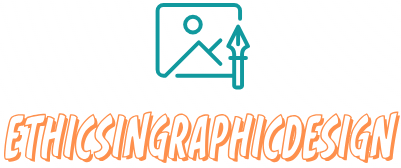How to Design a Compelling Infographic
Designing a compelling infographic requires careful planning and consideration of key elements. Here are some steps to help you create an engaging and effective infographic:
- Identify the goal and target audience: Determine the purpose of your infographic and identify your target audience. Understanding who you are trying to reach and what message you want to convey will guide your design choices.
- Plan your content: Decide on the information you want to present in your infographic. Break it down into key points, facts, or data that will capture the audience’s attention and tell a cohesive story.
- Choose a layout: Select a layout that suits the content and enhances readability. Infographics can be organized as linear, narrative-based designs, or as more visually-driven, hierarchical structures. Consider how the information will flow and how the eye will naturally navigate through the infographic.
- Use visual elements: Infographics rely heavily on visual elements to communicate information effectively. Utilize icons, illustrations, charts, graphs, and images to represent data or concepts visually. Choose visuals that are relevant, clear, and visually appealing to enhance the overall design.
- Maintain simplicity: Keep the design clean and uncluttered to avoid overwhelming the audience. Use a consistent color palette, typography, and visual style throughout the infographic to create cohesiveness and emphasize key points. Avoid excessive text and use short, concise sentences or bullet points.
- Make it visually engaging: Use visual cues such as arrows, lines, or icons to guide the audience’s attention and improve visual flow. Create visual hierarchy by varying the size, color, and placement of elements to emphasize important information. Incorporate whitespace to create balance and help the audience process the content.
- Emphasize data visualization: Infographics are ideal for presenting data in a visually appealing manner. Choose the most appropriate data visualization techniques, such as bar charts, pie charts, or line graphs, to represent information clearly. Ensure that the visuals accurately convey the intended message and are easy to interpret.
- Include a compelling headline and key takeaways: Grab the audience’s attention with a compelling headline that summarizes the main idea of the infographic. Include key takeaways or captions to provide context and guide the audience’s understanding of the information presented.
- Optimize for readability and shareability: Ensure that the text is legible by using an appropriate font size, contrast, and hierarchy. Consider the platform or medium where the infographic will be shared and optimize its dimensions accordingly. Make it easy for viewers to share the infographic on social media platforms by including social sharing buttons or providing downloadable versions.
- Test and revise: Before finalizing your infographic, seek feedback from others and test its effectiveness. Make adjustments based on the feedback received, ensuring that the design effectively communicates the information and meets your intended goals.
Remember, the key to designing a compelling infographic is to present complex information in a visually appealing, concise, and accessible manner. By combining engaging visuals, organized content, and a well-thought-out design, you can create an impactful infographic that effectively communicates your message to your target audience.



